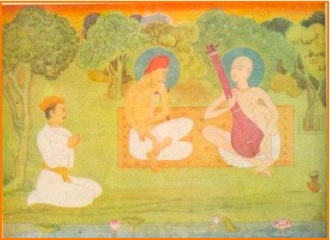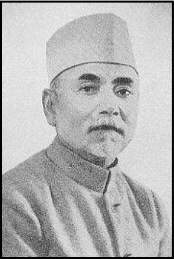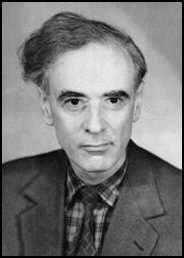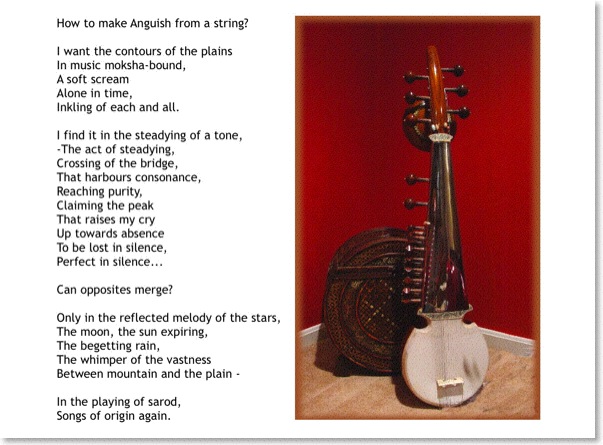
Tansen, Surdas and Haridas
The musical instruments of the Indian subcontinent have
remarkably sophisticated acoustic properties. The Indian
drums are typically loaded at the center, which gives
them their unique harmonic overtones. Apart from the
tympani, which operates on a different principle, the
Indian drums are the only ones which have harmonic
overtones. The curved bridge of the Indian chordophones -
the sitar, the tanpura, and the veena - is another
uniquely Indian innovation. The curved bridge produces
overtones which, for an ordinary bridge, are forbidden by
the Young-Helmholtz law. This generates the uniquely
characteristic full sound, the jawari. Please have a look
at my musical acoustics page to find
out more.


The Acharya and the Academician
I find a deep similarity in the creative lives of the
musician Acharya Baba Alauddin Khan and the physicist
Academician Lev Davidovich Landau. Khan was a master of
at least a dozen Indian instruments; Landau was a master
of almost every department of physics. In todays era of
specialisation, both were the last great universalists.
Khan almost singlehandedly created the modern baj of
Hindustani classical music and innovated in numerous
other ways; Landau almost singlehandedly created the
discipline of condensed matter physics and his name is
linked with its most important concepts. Both were
seminal creative giants. Khan was a harsh but generous
Guru in the Indian tradition, giving shape to the Maihar
gharana and producing stellar shishyas Ravi Shankar, Ali
Akbar Khan, Nikhil Banerjee, Pannalal Ghosh; Landau was a
formidably exacting supervisor, building around him that
uniquely Soviet school of physics (which I cannot stop
from calling the Moscow gharana) whose equally stellar
students were A. Abrikosov, E. M. Lifshitz, I.
Khalatnikov, B. Ioffe. Both had their unique rigorous
style of teaching and were supreme as pedagogues. It is
well known that Landau disliked music. We seem to have no
information on Khan's preference for physics.
William Radice's 'In the Playing of Sarod', from his Beauty, Be My Brahman collection, published in 2004.
